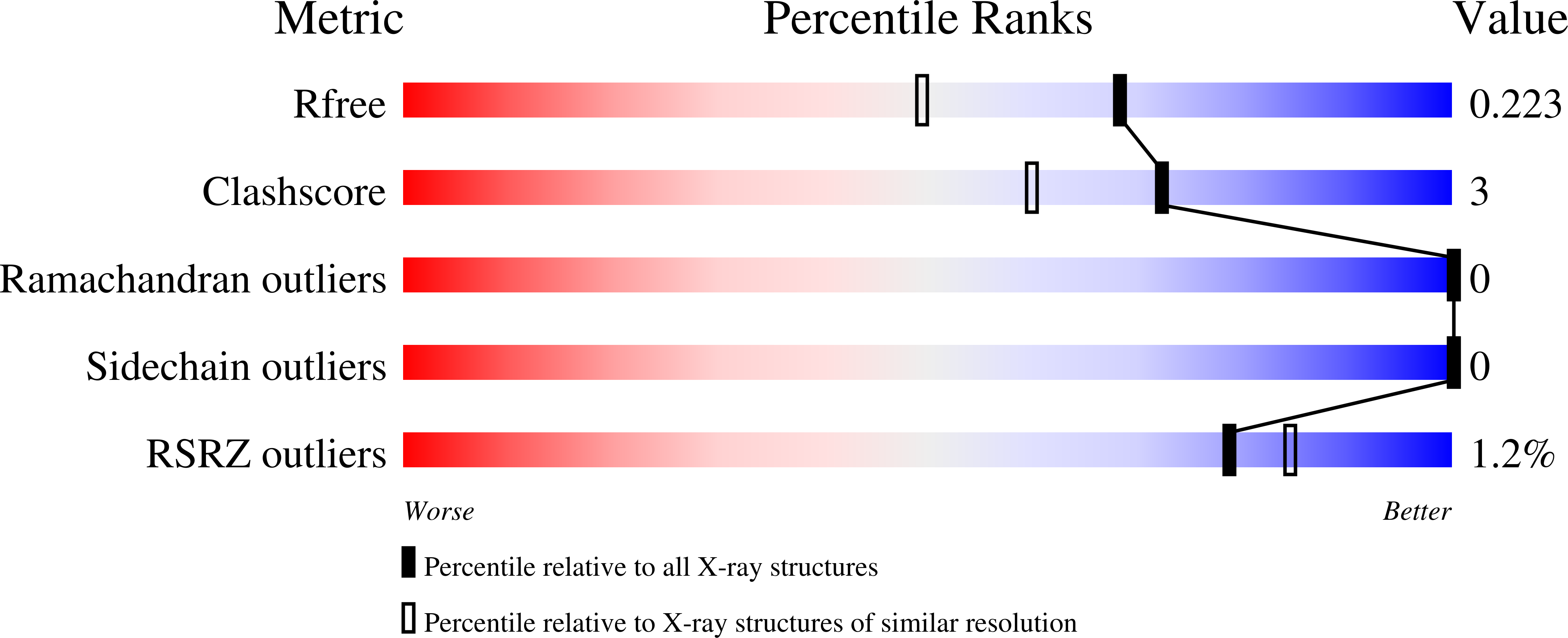
Deposition Date
2020-06-19
Release Date
2020-10-14
Last Version Date
2024-03-06
Entry Detail
PDB ID:
6XI1
Keywords:
Title:
Crystal structure of tetra-tandem repeat in extending RTX adhesin from Aeromonas hydrophila
Biological Source:
Source Organism:
Host Organism:
Method Details:
Experimental Method:
Resolution:
1.75 Å
R-Value Free:
0.20
R-Value Work:
0.18
Space Group:
P 1


